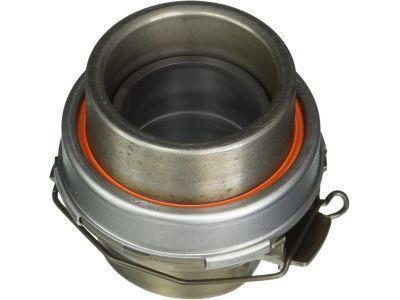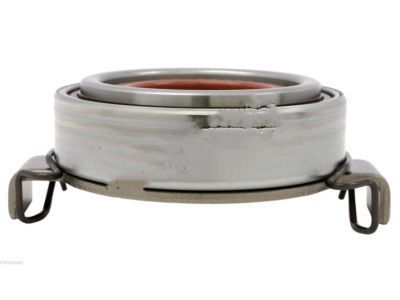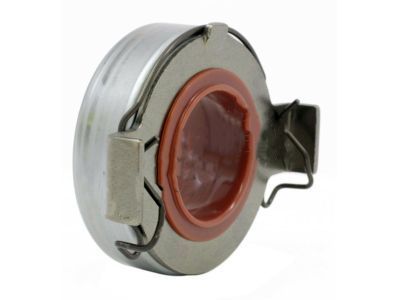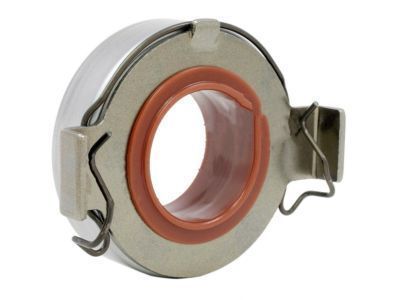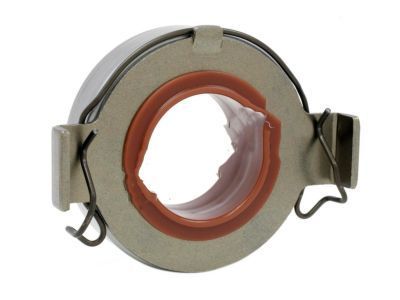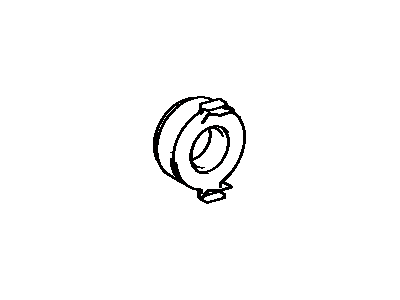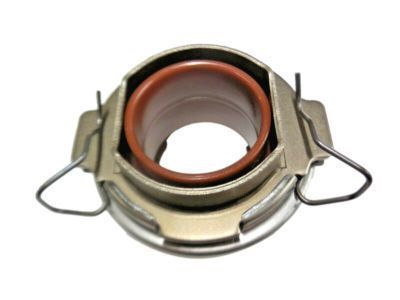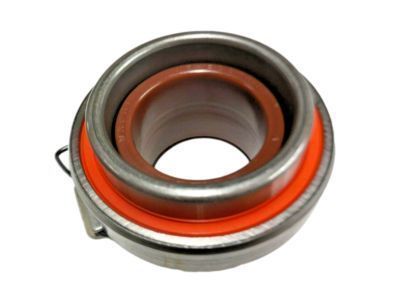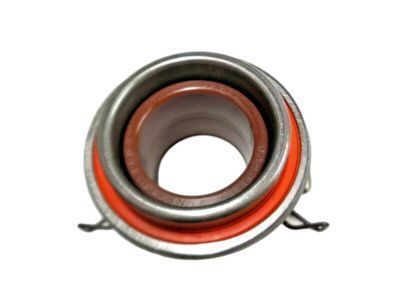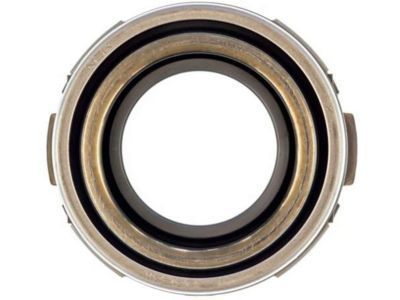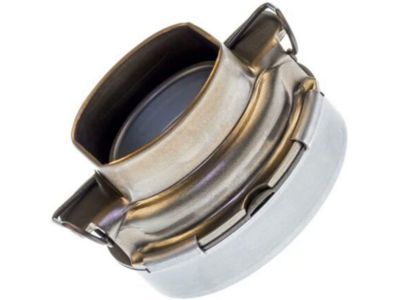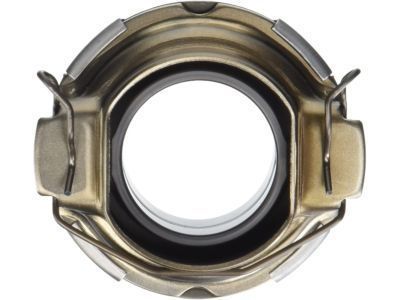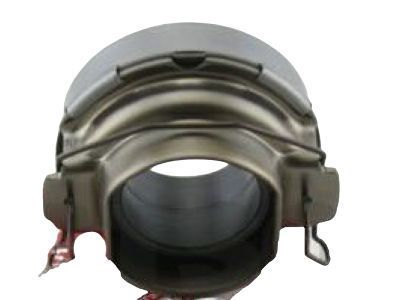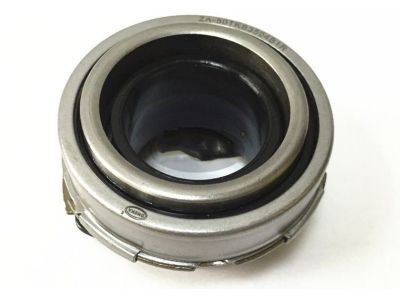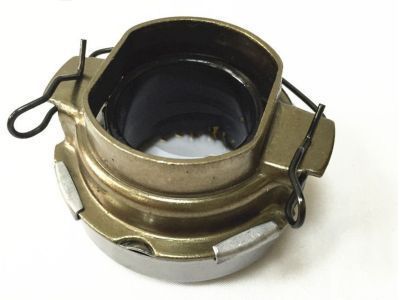

My Garage
My Account
Cart
Genuine Toyota Tacoma Release Bearing
Clutch Release Throw Out Bearing- Select Vehicle by Model
- Select Vehicle by VIN
Select Vehicle by Model
orMake
Model
Year
Select Vehicle by VIN
For the most accurate results, select vehicle by your VIN (Vehicle Identification Number).
10 Release Bearings found
Toyota Tacoma Bearing Assy, Clutch Release
Part Number: 31230-35110$127.87 MSRP: $181.79You Save: $53.92 (30%)Ships in 1-2 Business DaysToyota Tacoma Bearing Assy, Clutch Release
Part Number: 31230-35070$91.20 MSRP: $128.56You Save: $37.36 (30%)Ships in 1-3 Business DaysToyota Tacoma Bearing Assy, Clutch Release
Part Number: 31230-35071$91.20 MSRP: $128.56You Save: $37.36 (30%)Ships in 1 Business DayToyota Tacoma Bearing Assembly, Clutch
Part Number: 31230-60241$104.42 MSRP: $147.19You Save: $42.77 (30%)Ships in 1-3 Business DaysToyota Tacoma Bearing Assembly, Clutch
Part Number: 31230-35151$117.04 MSRP: $164.99You Save: $47.95 (30%)Ships in 1-3 Business DaysToyota Tacoma Bearing Assy, Clutch Release
Part Number: 31230-35090$68.55 MSRP: $96.62You Save: $28.07 (30%)Ships in 1-2 Business DaysToyota Tacoma Bearing Assy, Clutch Release
Part Number: 31230-35091$68.55 MSRP: $96.62You Save: $28.07 (30%)Ships in 1-3 Business DaysToyota Tacoma Bearing Assembly, Clutch
Part Number: 31230-35150$117.04 MSRP: $164.99You Save: $47.95 (30%)Ships in 1-2 Business DaysToyota Tacoma Bearing Assy, Clutch Release
Part Number: 31230-60230$104.42 MSRP: $147.19You Save: $42.77 (30%)Ships in 1-3 Business DaysToyota Tacoma BEARING ASSY, CLUTCH
Part Number: 31230-35160$149.87 MSRP: $213.06You Save: $63.19 (30%)Ships in 1-2 Business Days
Toyota Tacoma Release Bearing
If you are in demand for superior quality and affordable OEM Toyota Tacoma Release Bearing, then shop with us! We own a wide range of the reduced-priced genuine Toyota Tacoma Release Bearing. You can purchase in confidence as all parts come with a manufacturer's warranty. Any issues with our products? No need to worry as we have a hassle-free return policy to guide you every step of the way.
Toyota Tacoma Release Bearing Parts Questions & Experts Answers
- Q: How to remove, inspect, and install the release bearing on 2005 through 2009 Toyota Tacoma?A:To disconnect with the release cylinder one has to first get the transmission out and then free the release lever from the ballstud. Notice the wire retainer locks the fingers of the release lever then retract the bearing from the lever and slides off the input shaft being careful on how the release bearing and lever are seated before removal. Check the release lever boot for any signs of cracking or wearing and should it be worn out, replace it. See that wiring retainer in the lever; if it looks bent or worn, take it out and throw it away. For turning, grasp the outer portion of the bearing and rotate the center, applying pressure to inspect their functions; an unhealthy one must be replaced. Use a clean piece of cloth to wipe the bearing, and if possible do not immerse the bearing into the solvent to check for damages, scrapping, or crackage. To install, lubricate the clutch release lever at the specified locations with high temperature grease and if the old retainer was removed a new one should be fit. Grease the groove that fitted the release bearing which has been operated by the lever as well as the bearing holder fitted around the input shaft. Secure the release bearing to the release lever, you see the retainer clip is in proper engagement for it. Nons slip of the clutch release lever ball studs, feed the release lever through the boot and then the release bearing over the splines of the input shaft before squeezing the lever over the ball studs. Carry out checks to ensure that the release lever fully rotates without any hindrances and the release bearing moves smoothly on the splines of the input shaft. Coat lightly with high temperature grease the face of release bearing that is in contact with the pressure plate diaphragm fingers. To finish the installation reverse all the steps described under the removal procedure and finality tighten all transmission to engine bolts to the required torque.
Related Toyota Tacoma Parts
Browse by Year
2025 Release Bearing 2024 Release Bearing 2023 Release Bearing 2022 Release Bearing 2021 Release Bearing 2020 Release Bearing 2019 Release Bearing 2018 Release Bearing 2017 Release Bearing 2016 Release Bearing 2015 Release Bearing 2014 Release Bearing 2013 Release Bearing 2012 Release Bearing 2011 Release Bearing 2010 Release Bearing 2009 Release Bearing 2008 Release Bearing 2007 Release Bearing 2006 Release Bearing 2005 Release Bearing 2004 Release Bearing 2003 Release Bearing 2002 Release Bearing 2001 Release Bearing 2000 Release Bearing 1999 Release Bearing 1998 Release Bearing 1997 Release Bearing 1996 Release Bearing 1995 Release Bearing

